Christmas is a worldwide cultural and commercial phenomenon celebrated on December 25.
It is observed in both religious and secular traditions and practices.
Christians celebrate it as the anniversary of the birth of Jesus, a spiritual leader whose teachings form the basis of their religion.
Common customs include exchanging gifts, decorating Christmas trees, attending church, sharing meals with loved ones, and waiting for Santa Claus to arrive. Since 1870, December 25, Christmas Day, has been a federal holiday in the United States.
How Did Christmas Start?
The middle of winter has long been a time of celebration worldwide.
Well before the advent of Jesus, early Europeans celebrated light and birth during the darkest days of winter.
Many communities rejoiced during the winter solstice, which marked the end of the harshest winter days and a return to longer days and more sunlight.
In Scandinavia, the Norse celebrated Yule from December 21st, the winter solstice, through January. In honor of the sun’s return, fathers and sons would bring home large logs, which they would set on fire. The people would feast until the log burned out, which could take as many as 12 days. The Norse believed that each spark from the fire represented a new pig or calf that would be born during the coming year.
The end of December was an ideal time for celebration in much of Europe. At that time of year, most cattle were slaughtered so they would not have to be fed during the winter. For many, it was the only time of year when they had a supply of fresh meat. Moreover, most wine and beer made during the year was finally fermented and ready to drink.
In Germany, people honored the pagan god Oden during the mid-winter holiday. Germans were terrified of Oden, as they believed he made nocturnal flights through the sky to observe his people and then decide who would prosper or perish. His presence caused many people to choose to stay inside.
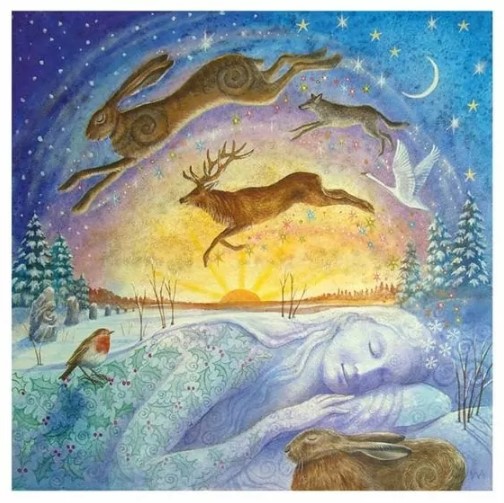
Saturnalia and Christmas
During winter, Romans celebrated the festival of Saturnalia, which honored Saturn, the god of agriculture. This holiday lasted for a month, starting a week before the winter solstice. During this time, people indulged in food and drink, and the social norms were reversed.
Slaves were given temporary freedom and treated as equals, while businesses and schools remained closed. At the same time, the Romans also celebrated Juvenalia, a feast that recognized the children of Rome.
Members of the upper classes also marked the birthday of Mithra, the god of the unconquerable sun, on December 25th. It was believed that Mithra was born of a rock as an infant god. For many Romans, Mithra’s birthday was the most sacred day of the year.
Is Christmas Really the Day Jesus Was Born?
In the early years of Christianity, Easter was the primary holiday, and the birth of Jesus was not celebrated. However, in the fourth century, church officials decided to make the birth of Jesus a holiday. Unfortunately, the date of his birth is not mentioned in the Bible (a fact later used by the Puritans to deny the legitimacy of the celebration).
Although some evidence suggests that Jesus may have been born in the spring (since shepherds would not usually be herding in the middle of winter), Pope Julius I chose December 25th as the date to celebrate Jesus’ birth. It is believed that the church selected this date to adopt and incorporate the traditions of the pagan Saturnalia festival. Originally called the Feast of the Nativity, the custom spread to Egypt by 432 and to England by the end of the sixth century.
By holding Christmas at the same time as traditional winter solstice festivals, church leaders increased the chances that Christmas would be popularly embraced, but they gave up the ability to dictate how it was celebrated.
By the Middle Ages, Christianity had mostly replaced pagan religions. On Christmas, believers attended church and then celebrated raucously in a carnival-like atmosphere similar to today’s Mardi Gras. Every year, a beggar or student was crowned the “lord of misrule,” and eager celebrants played the part of his subjects.
The poor would visit the houses of the rich and demand their best food and drink. If the owners failed to comply, their visitors would most likely terrorize them with mischief. Christmas became the time of year when the upper classes could repay their real or imagined “debt” to society by entertaining less fortunate citizens.
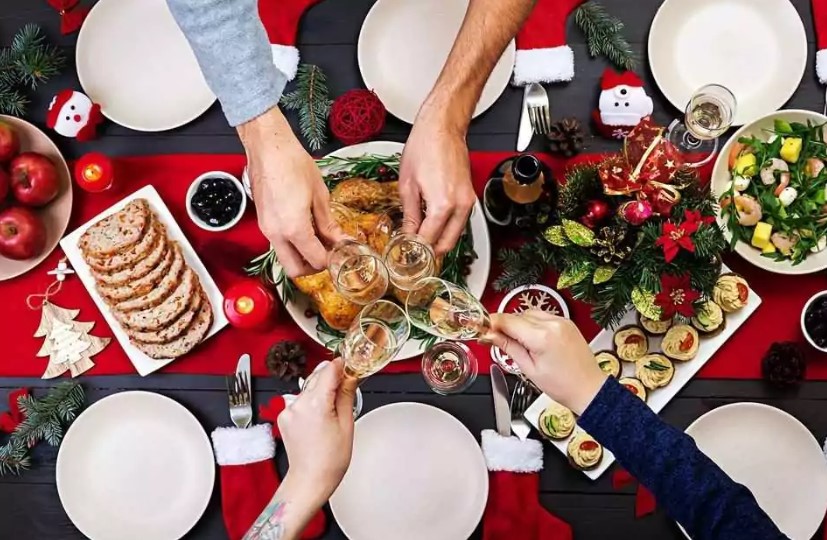
Discover similar tips
When Christmas Was Cancelled
In the early 17th century, there was a reform movement that changed the way Christmas was celebrated in Europe. When Oliver Cromwell and his Puritan forces took over England in 1645, they aimed to eliminate decadence and, as part of their effort, canceled Christmas. However, Charles II was later restored to the throne, and with him came the return of the holiday.
The Pilgrims, English separatists who came to America in 1620, were even more orthodox in their Puritan beliefs than Cromwell. Therefore, Christmas was not celebrated in early America. In fact, from 1659 to 1681, the celebration of Christmas was outlawed in Boston. Anyone found exhibiting the Christmas spirit was fined five shillings.
However, in the Jamestown settlement, Captain John Smith reported that Christmas was enjoyed by all and passed without incident. After the American Revolution, English customs, including Christmas, fell out of favor. In fact, Christmas wasn’t declared a federal holiday until June 26, 1870.

Washington Irving Reinvents Christmas in America
In the 19th century, Americans began to adopt Christmas as a holiday. They transformed it from a noisy carnival event into a family-centered day of peace and sentimentality. But what caused Americans to take an interest in the holiday during that period?
The early 1800s was a time of social conflict and upheaval. Unemployment was high, and it was common for gangs to riot during the Christmas season. In response to a Christmas riot in 1828, the New York City Council established the city’s first police force.
This event spurred some members of the upper class to initiate changes in how Americans celebrated Christmas. In 1819, the renowned author Washington Irving wrote The Sketchbook of Geoffrey Crayon, gent., which consists of stories about the celebration of Christmas in an English manor house. The stories depict a wealthy landowner who welcomed peasants into his home for the holiday. Unlike the issues present in American society, the two groups mingled effortlessly. Irving believed that Christmas should be a peaceful and warm-hearted celebration that brings people together across social and economic boundaries.
In the stories, the celebrants enjoyed “ancient customs,” including the crowning of a Lord of Misrule. However, Irving’s book was not based on any holiday celebration he had attended. In fact, many historians suggest that Irving’s account actually “created” the tradition by implying that it represented the genuine customs of the season.
Christmas in the USA today
American Christmas traditions are deeply ingrained in our culture, and we often follow them without questioning their origins.
However, have you ever wondered why we decorate evergreens, hang stockings, and put up lights during the holidays?
Some of the reasons behind these traditions may surprise you, and there are many other unique Christmas customs out there as well. In this article, we’ll explore some of the ways Americans celebrate the holidays and learn about the history behind these practices.
Seeing Santa Claus
The Macy’s Thanksgiving parade has been a long-standing holiday tradition for generations of Americans. This parade marks the official beginning of the Christmas season, with the arrival of Santa Claus on his sleigh concluding the event.
The story of Santa Claus and the giving of gifts is a tradition that was brought to America by immigrants. The Santa we know today is a hybrid of different traditions, including the Green Saint Nicholas, England’s Father Christmas, and the Dutch Sinterklaas.
Children in the US visit Santa for photos and to tell him their Christmas wishes, and then they patiently (or not so patiently) wait for December 25 to see if their wishes come true. Many families have a longstanding ritual of setting out cookies and milk for Santa on Christmas Eve.
Although the origins of this tradition are not entirely known, it may have been adopted from other countries or even been a marketing ploy by the dairy industry.
Regardless of its origins, it’s a way for kids to show their appreciation for the big man in the red suit who makes his rounds in one magical night.
Decorating the Christmas tree
The tradition of decorating evergreen trees with lights and ornaments dates back to medieval times when plays were staged on Christmas Eve to recount the story of Adam and Eve.
These plays often featured a “tree of paradise” decorated with apples. In the United States, the annual Rockefeller Center Christmas Tree Lighting in New York City is a holiday event broadcast live on television.
Another popular event is the National Christmas Tree Lighting, which takes place on the Ellipse near the White House in Washington, D.C. Bethlehem, Pennsylvania, also known as Christmas City USA, claims to have raised the first decorated Christmas tree in 1747.
However, this is just one of the thousands of communities that host annual tree-lighting ceremonies. Interestingly, in Chandler, Arizona, where trees are scarce, hundreds of painted tumbleweeds serve as the town’s Christmas tree. Most Americans buy cut Fraser fir, Balsam fir, or white spruce trees from temporary tree lots or local farms to grace their living rooms during the holiday season.
For those who want to venture into their nearby National Forest and cut their Christmas tree, the U.S. Department of Agriculture even offers permits.
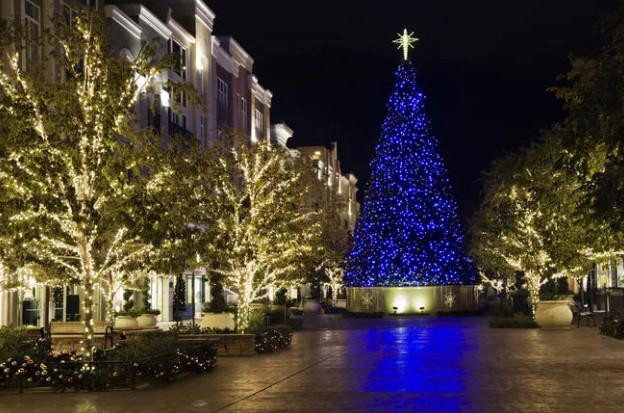
Attending church on Christmas Eve or Day
Amidst all the Santa decorations, it can be easy to forget that Christmas is primarily a celebration of the birth of Jesus.
For many Americans, attending Christmas mass is a joyous part of the holiday. Christmas Eve mass is especially popular among those with young families, as it frees up Christmas Day for gift-giving and celebratory gatherings.
Catholics often tune in to the broadcast of the midnight mass held on Christmas Eve at St. Patrick’s Cathedral in New York to mark the holiday.
Gathering for a traditional Christmas dinner
During Christmastime in the U.S., roast turkey is the most common entree served for dinner, much like Thanksgiving.
This tradition dates back to the earliest days of the European colonies in America, when the native birds were both large and plentiful, making them perfect for a big meal. Prime rib is another popular dish, often served with sides like roast potatoes and winter vegetables. In the South, a country ham might be seen on the Christmas table.
The Christmas feast is a melting pot of culturally significant dishes. For example, many Italian-Americans still observe the Feast of the Seven Fishes on Christmas Eve, which is a marathon seven-course seafood meal originating from a time when most Christians abstained from eating meat during the Advent season. Filipinos might have “bibingka”, a doughy coconut rice-flour cake, while Mexican-Americans might enjoy tamales, and roast duck might be served at Chinese Christmas gatherings.
Egg nog, an alcohol-spiked milk punch, is the drink most commonly associated with Christmas, while coquito, a Latin-flavored cousin originated in Puerto Rico and made with coconut milk and rum, is another festive option. For dessert, sweets range from mountains of cookies to holiday-flavored ice cream.
Hanging Christmas stockings
It is interesting to note that the popular concept of Santa Claus being pulled by reindeer and the American tradition of hanging stockings “by the chimney with care” have their roots in early 19th century literature. Specifically, they can be traced back to the poem written by Clement Clark Moore in 1823, which is now famously known as “The Night Before Christmas.”
Stockings have been around for two centuries now, initially as actual stockings and now as ornate replicas. They are used to hold small gifts or candy. The larger Christmas presents, on the other hand, are usually found under the tree.
Watching Christmas movies
There is a canon of Christmas movies that Americans hold nearly as sacred as the holiday itself. During the holidays, it is a solid tradition for families to gather around the warm glow of the TV and watch movies together.
Although the choice of movie may vary, some classics include 1947’s “Miracle on 34th Street” and the quintessentially American parable “It’s a Wonderful Life,” starring Jimmy Stewart. For others, any version of Charles Dickens’s “A Christmas Carol” is a must-watch, including the wickedly funny Bill Murray ’80s comedy, “Scrooged.” Charming new classics like “Elf,” starring Will Ferrell, can’t be seen enough during the holiday season.
To some, Christmas movies are subjective. The 1983 comedy “Trading Places” spans the entire holiday season, and the Brit-produced “Love Actually” is a modern take on a holiday story. Perhaps most endearing of all is the tradition of watching “Die Hard,” the endlessly quotable Bruce Willis action film set around an office party in a high-rise hotel building. (“Now I have a machine gun. Ho ho ho.”)
Hanging Christmas lights
Christians believe that Jesus is the light of the world and have been celebrating his birth by lighting candles for centuries.
Edward Johnson, a friend of Thomas Edison, is credited with creating the first string of Christmas lights in 1882. Since then, Americans have been using colored lights to decorate their homes during the holiday season. Large-scale holiday light displays have also become popular, like the annual lakeside Holiday Festival of Lights in Charleston, South Carolina, Lightscape at the San Diego Botanic Garden, and the Celebration in the Oaks in New Orleans’ City Park.
Coastal cities like Key West, Florida, and Annapolis, Maryland, celebrate the season with lighted boat parades. Meanwhile, communities in New Mexico like Taos, Santa Fe, and Albuquerque host holiday evening strolls on pathways lined with candle-filled luminarias or farolitos.
Some quirky Christmas traditions
Every Christmas celebration is unique and the American melting pot is reflected in some unusual regional and cultural holiday traditions.
For example, some German-American families hide a pickle in their Christmas tree, and the person who finds it earns the right to open the first gift under a tradition known as Weihnachtsgurke (meaning “Christmas Eve Cucumber”).
In New Britain, and Connecticut, the Little Poland celebration includes pierogis and kielbasa for the holiday meals.
In Louisiana’s Cajun country, bonfires are lit atop levees on Christmas Eve to guide Papa Noel, while New Orleans celebrates with an annual parade by the Krewe of Jingle.
In many U.S. cities, pub crawls with revelers dressed in ugly sweaters or as Santa Claus has become a more recent tradition. Some coastal cities, such as Cocoa Beach, Florida, and Dana Beach, California, have Surfing Santas where hundreds of bearded, red-coated surfers take to their boards to raise money for local charities.
Talk to the children about folk traditions and folk tales. You can note down what the weather has been like for these twelve days and see if it actually matches!
5 of the most unusual Christmas traditions around the world
We’ve rounded up 5 of the most unusual customs from across the globe for you:
The Krampus: Germany and Austria
In the Austro-Bavarian Alpine folklore, Krampus is a scary friend of Father Christmas, a devilish creature who punishes naughty children during the festive period. This mythical beast is depicted as hairy, with hooves and large horns, and is “celebrated” every year on December 5th in many cities across Germany and Austria in a festival known as Krampusnacht. The festival is often marked with a parade in which hundreds of people dress up as Krampus and chase each other through the streets.
Defecating logs: Catalonia
There are some unusual traditions in Catalonia, Spain. One of them is called “caga tio” or “defecating log”. This tradition involves creating a grinning creature out of a small log and placing it on the dining table for the two weeks leading up to Christmas. The log is fed daily with fruit, nuts, and sweets until Christmas Eve when it is beaten with sticks to release its goodies. Another unusual custom is the “caganer”, a small figurine that appears in nativity scenes and is depicted as defecating. In recent years, caganers have been sold in stores and Christmas markets throughout the region, featuring famous people such as Donald Trump and unpopular football players.
Skating to church: Caracas
In Caracas, the capital of Venezuela, revelers travel to early-morning church services on roller skates throughout the festive period. Roads are even closed off, especially on mornings between 16 December and Christmas Eve.
Fried chicken: Japan
Although Christmas is not officially recognized as a national holiday in Japan, a significant number of people still celebrate the festival. Santa Claus, also known as Santa Kurohsu in Japan, is believed to have eyes in the back of his head to keep an eye on naughty children. A typical Japanese Christmas cake is made up of sponges, whipped cream, and strawberries. Interestingly, many Japanese people prefer to visit KFC branches on or around Christmas Day, making it the most profitable week of the year for the chain in Japan.
Shoe throwing: Czech Republic
Over Christmas, Czech women use a clever trick to predict their love lives for the coming year. Unmarried women stand with their backs to their front doors and toss shoes over their shoulders. If a shoe lands with its toe pointing towards the door, the woman may very well be planning a wedding within the next 12 months.
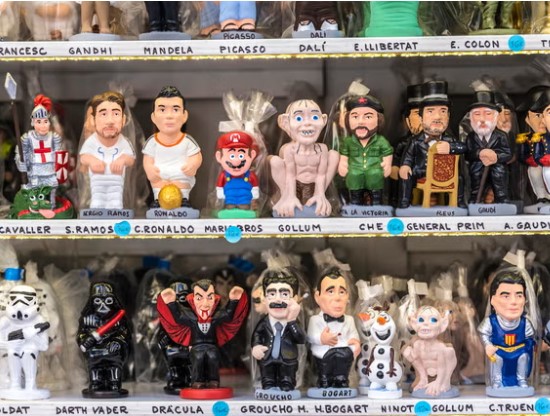
Are you interested in folk traditions? See how they are observed on Christmas Day !

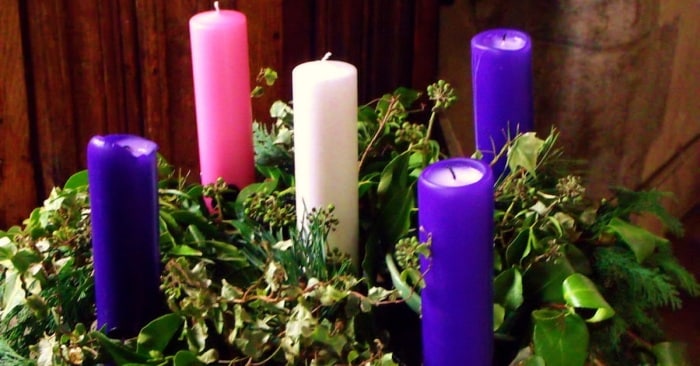
 Milan & Ondra
Milan & Ondra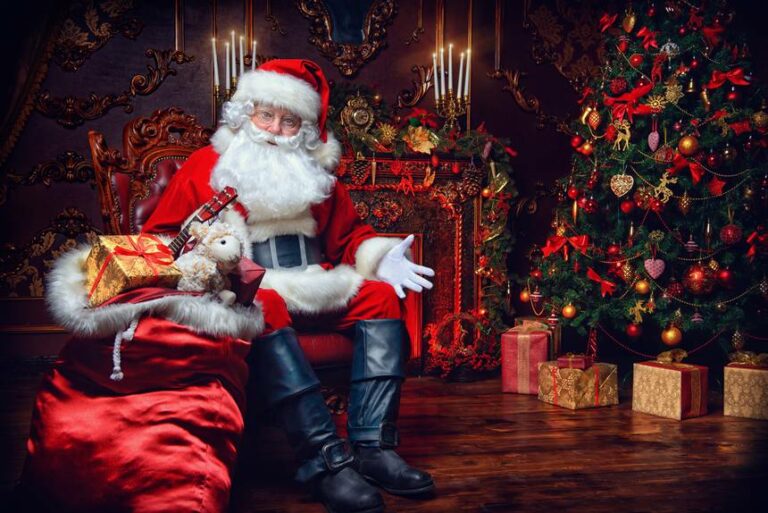
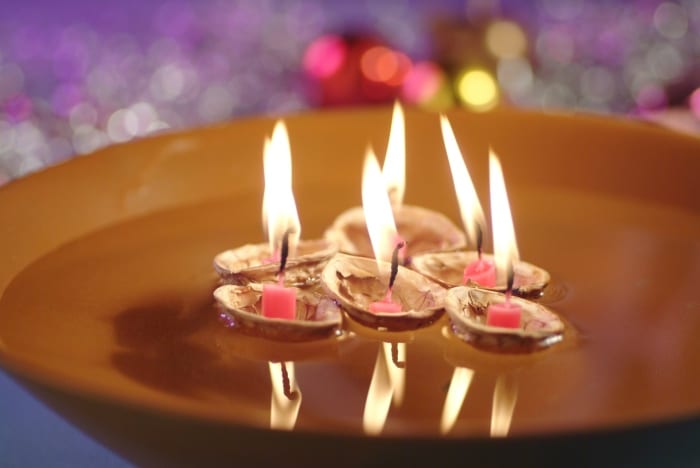
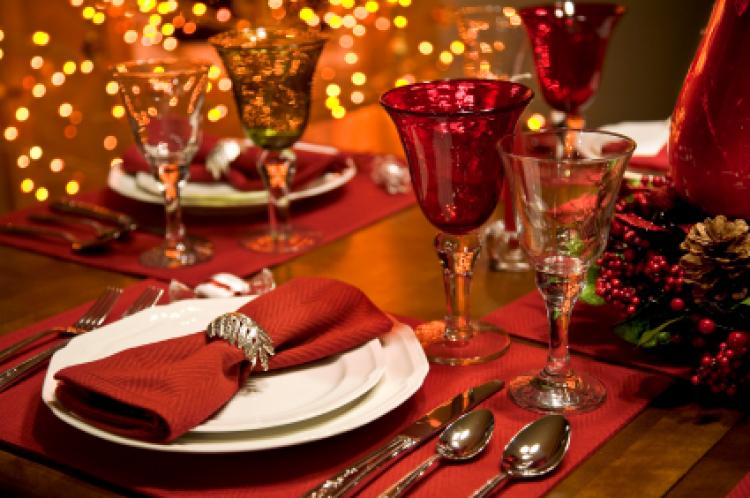
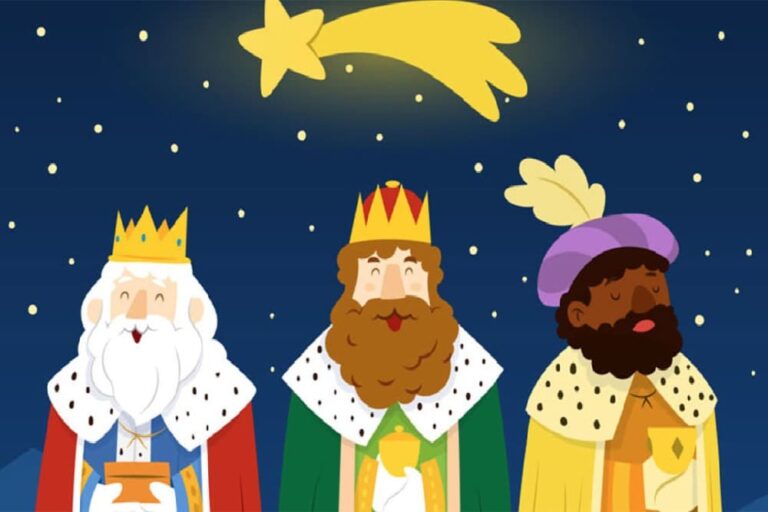
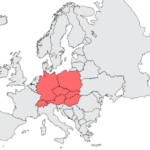 Central Europe
Central Europe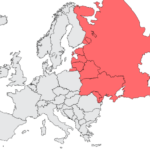 Eastern Europe
Eastern Europe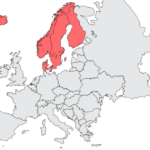 Northern Europe
Northern Europe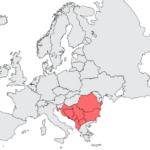 Southeast Europe
Southeast Europe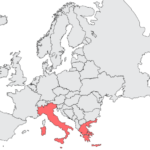 Southern Europe
Southern Europe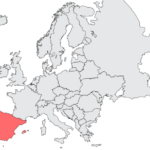 Southwestern Europe
Southwestern Europe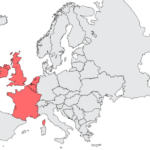 Western Europe
Western Europe